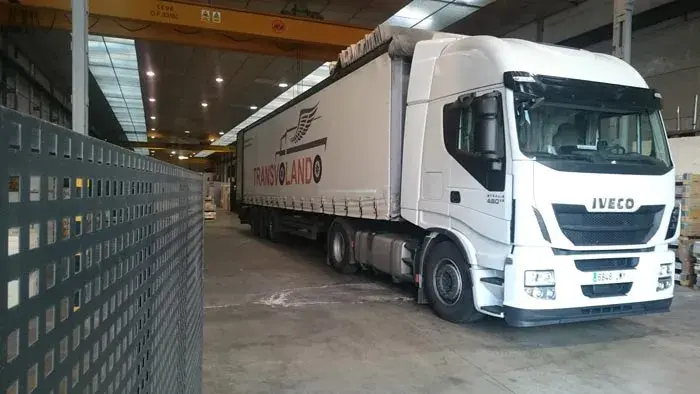In the transport of goods it is important to know the different modalities as well as their regulations. One of the most used modes of transport in the transit of goods is cabotage. The following is a description of what it consists of and how it is regulated.
What is cabotage?
Cabotage is the transportation of persons, goods or baggage between different places within the territory of a state without leaving it. Formerly used only in navigation, it has been extended to air and land transport. Therefore, it is used to describe the movement of a transport between different places in the same country.
What is cabotage and its regulation?
We said that cabotage is the transportation of persons, goods or baggage between different places in the territory of a state without leaving it. In other words, it is used to refer to the movement made by a transport between different places in the same country.
Legislation on Cabotage in Road Transportation in Europe and Spain
Today we want to echo the changes that accompany the new European regulations regarding the regulation of cabotage. Even so, we will give a few hints about what it means by way of introduction.
There is legislation in force that regulates this type of service at the European level.
Cabotage can only be carried out in member countries of the European Union and is regulated by Regulation (EC) No. 1073/2009 of the European Parliament and of the Council of 21 October 2009.
In some countries, such as Spain, due to the ambiguity that accompanies the European definition of cabotage, other more restrictive laws have been established.
The definition of cabotage at the European level is as followsThe definition of cabotage according to the European level is: “national carriage of passengers for hire or reward, carried out on a temporary basis in another Member State, without having a head office or other establishment there”.
Spain regulates cabotage as follows:
- In order to carry out a cabotage transport, it is essential that there be a previous international transport from a member state or a third country and that there be an unloading in a member state, called the host state.
- Once the goods transported in the course of an international transport have been delivered, up to three consecutive cabotage transports may be made to a transport from another state. And, the last unloading in the course of a transport must take place within seven days of the last unloading in the host state.
Changes in the regulation of cabotage in land transport in the European Parliament.
On June 4, the European Parliament’s Transport Committee voted on part of the Mobility Package that caused the most tension among European Union Member States by establishing changes in the regulation of cabotage.
Aspects such as the working conditions of road transport, cabotage, the possible flexibilization of driving and rest periods, or the international movement of drivers are included. It is necessary that the text approved for the Transport Committee must be approved in the plenary session of the European Parliament and debated in the Transport Council before being passed into law.
Of this proposal, the cabotage proposal stands out above all others. Among other things, because of the influence it may have on current transportation uses and abuses. It proposes to broaden the geographical scope of cabotage operations, which could be carried out either in the country of destination of the international transport previously carried out or in any neighboring country, and limits the maximum cabotage period to 48 hours. Once this period has elapsed, the vehicle may not be operated again until 72 hours have elapsed since the return of the vehicle to the State where it is registered.

Parliament’s intention with this limitation is to avoid the constant abuses that currently take place in offshore companies that carry out permanent cabotage in other Member States.
We found more changes in the proposals related to driving and resting times, the prohibition of resting in the cab when it is not carried out in a properly equipped area, among others.
Curiosities of cabotage
- It comes from Latin. Caput + the suffix Caput can be translated as head.
- It is used in the field of freight or passenger transportation.
- There is controversy as to the origin of the term. One of the theories attributes the property to the Venetian marine explorer Sebastián Caboto. It is considered so, because since the sixteenth century, it was dedicated to travel along the eastern coast of North America by means of coastal navigation.
- Another theory argues that transport by sea usually takes place through navigation close to the coast, that is, from cape to cape .
We hope this article has served as an introduction to the new legislation. We will keep you updated on changes in our Transvolando blog.
Phone:
+34 674 346 912
Email:
info@transvolando.com
Address:
C/ Empleo, 28 Nave 10 28906 Getafe (Madrid – Spain)
How to get there?
Do you need anything else…?
Sometimes we need the unwritten. If we can answer your questions about our services, please contact us and we will get back to you as soon as we can!
Budget
If you are here, it is because you need a freight forwarding service and we are sure we can do it!
Request your quote in less than 3 minutes with just one click.
